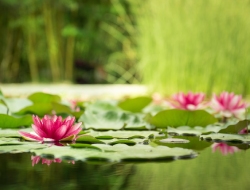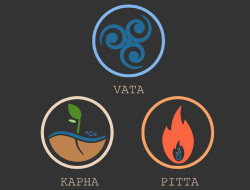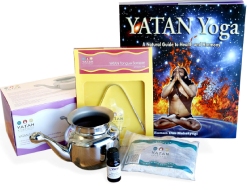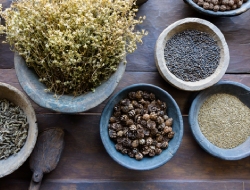What’s In A Name? – Organic v. Wildcrafted Herbs
We hope that these blogs will help to clear up some of the confusions that arise as a result of the conflicting health information that surrounds us. Nowhere is this more evident than in the use of the word ‘organic’, as applied to everything from meat and vegetables to cosmetics and toothpaste. Do the words ‘organic’ and ‘wildcrafted’ really mean the same thing when applied to herbs?
The fact is that the term ‘organic’ can be used to describe any herb that has been grown and harvested without the use of man-made fertilisers, pesticides, fungicides, or other harmful chemicals. But only 15% of Ayurvedic herbs are cultivated organically, while the other 85% are wild harvested. What is the difference and which is better.
Plants, just like humans, are living organisms and as such they have an energetic life force. Having adapted to their natural environment through the ages they have acquired much greater vital energy than those grown on soil cultivated by man. While the land may be carefully prepared for organic cultivation, man has no control over the geographical, geological and climatic parameters, and furthermore if the same soil is used continuously it will eventually lose a large proportion of its nutrients. The health-giving properties of a herb grown in this way will be nowhere near that of the wild herb.
The Santalum (sandalwood) is a small tropical tree indigenous to southern India. Due to over-harvesting Indian sandalwood is now a threatened species, to the extent that the Indian government, in an attempt to prevent its extinction, has encouraged its cultivation in other areas, particularly in central India. This appears to work well, but whereas the bark of the plant grown in Southern India has an intense aroma, that grown in central areas is completely scent free.
Arjuna has long been prized in Ayurveda as a cardioprotective herb, as well a treatment for digestive problems, for which both its bark and its fruits are used to produce medicines. This herb is also grown organically but in its natural state it can take forty years to grow.
Yet another example of a plant widely used in Ayurveda is Asparagus. A great variety of different species exist, and these all thrive in different conditions in different parts of India. Each one has its own unique health benefits.
‘Organic’ tries hard but ‘wild’ connects us with the spirit of the plant and with Nature.

*Discover holistic healing with a complimentary phone or video consultation from our expert Ayurvedic practitioner. Start your path to better health today!*























